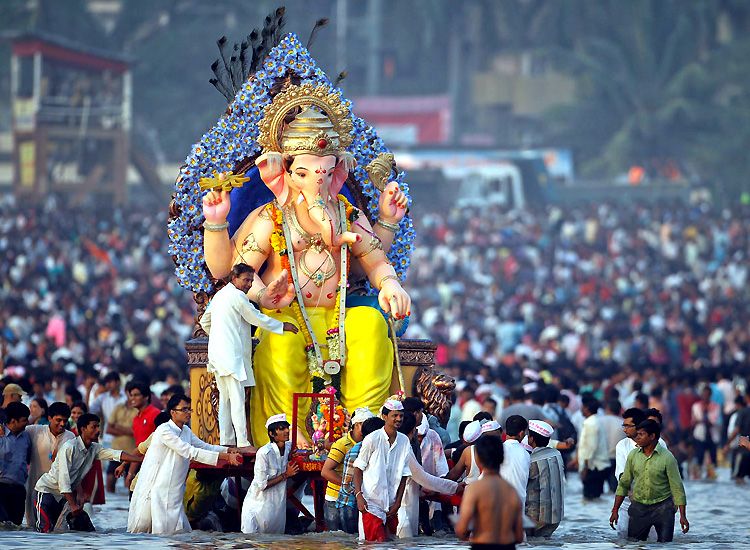todozoo.com – Throughout history, human civilizations have marked the passage of time and the changing of seasons with a rich tapestry of festivals and ceremonies. These celebrations are deeply rooted in cultural, religious, and agricultural traditions, reflecting the rhythms of nature and the cycles of life. Each festival, with its unique rituals and customs, serves as a communal acknowledgment of the natural world’s beauty and bounty, as well as a means to foster social cohesion and spiritual well-being.
Spring: Rebirth and Renewal
Spring festivals, celebrated around the world, herald the end of winter’s dormancy and the reawakening of the earth. In many cultures, this season is synonymous with new beginnings, fertility, and growth.
Easter, a Christian holiday, commemorates the resurrection of Jesus Christ and is celebrated with vibrant Easter egg hunts and the giving of chocolate eggs, symbolizing new life and rebirth.
Nowruz, the Persian New Year, is one of the world’s oldest celebrations, marking the first day of spring and the vernal equinox. Families gather to prepare a Haft-Seen table, featuring seven items symbolizing hope, joy, prosperity, and health, among other attributes.
Summer: Harvest and Fertility
As the earth warms and the days grow longer, summer festivals celebrate the height of nature’s fertility and the bounty of the harvest.
Litha, or Midsummer, is a pagan festival that celebrates the summer solstice, the longest day of the year. Bonfires are lit to symbolize the sun’s power, and people engage in rituals to ensure a good harvest and to protect against evil spirits.
Obon, a Japanese Buddhist custom, honors the spirits of ancestors. During this time, people return to ancestral family places and join community dance festivals, believing that the spirits of ancestors visit the household altars.
Autumn: Harvest and Gratitude
Autumn festivals are a time to give thanks for the year’s harvest and to prepare for the coming winter. These celebrations often involve feasting, sharing, and community gatherings.
Thanksgiving, celebrated in the United States and Canada, is a national holiday that originated as a harvest festival. Families and friends gather to share a meal, featuring turkey, pumpkin pie, and other autumnal dishes, as a way to give thanks for the year’s blessings.
Diwali, the Hindu festival of lights, celebrates the victory of light over darkness, knowledge over ignorance, and good over evil. Homes are illuminated with diyas (lamps), fireworks light up the sky, and sweets are shared as people pray for prosperity and happiness.
Winter: Light and Hope
Winter festivals, often celebrated during the darkest days of the year, symbolize light, hope, and the promise of the coming spring.
Christmas, a Christian observance, commemorates the birth of Jesus Christ. It is celebrated with the exchange of gifts, the decoration of Christmas trees, and the singing of carols, embodying themes of peace, love, and goodwill.
Hanukkah, the Jewish Festival of Lights, commemorates the rededication of the Second Temple in Jerusalem during the second century B.C. It is celebrated for eight nights and days, with the lighting of the menorah, special prayers, and the playing of games like dreidel.
Conclusion
Festivals and their ceremonies are more than just celebrations; they are expressions of culture, faith, and community. They remind us of our connection to the natural world and to each other, offering moments of joy, reflection, and unity. As we continue to observe these traditions, we keep alive the stories and values that have been passed down through generations, ensuring that the celebration of seasons remains a vibrant part of our collective heritage.
